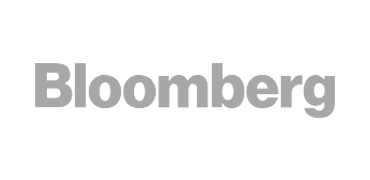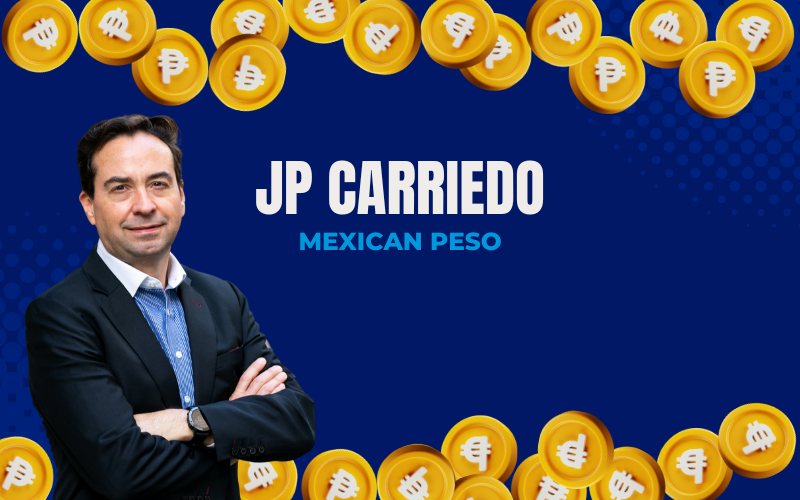Japanese markets were closed for a public holiday, leaving the yen as the main indicator of possible investor angst.
The dollar, on the other hand, fell against most currencies, in line with the decline in U.S. Treasury yields, analysts said.
In afternoon trading, the Japanese currency gained 1% to 147.315 yen per dollar, although not far off from the 3-1/2-month low of 149.19 yen hit last week as investors fretted about Japan’s political and fiscal outlook.
The yen also nudged 0.4% higher against the euro to 172.27 and against sterling to 198.64, up 0.4%.
Ishiba’s Liberal Democratic Party returned 47 seats, short of the 50 it needed to ensure a majority in Japan’s 248-seat upper chamber, where half the seats were up for grabs. He vowed to stay on in his role even as some of his own party discussed his future and the opposition weighed a no-confidence motion.
“The elections were not as awful an outcome for the Prime Minister Shigeru Ishiba as analysts had predicted. The PM’s party managed to minimize seat losses and Ishiba was not forced to resign his position,” said Juan Perez, director of trading at Monex USA in Washington.
“This overall plays as a welcome tune for Japanese yen developments since the reality is far more optimistic than anticipated with the PM promising to stay in power and work out differences in coming up with fiscal policy.”
The election result, while not entirely a shock to markets, also comes at a tricky time for a country trying to get a tariff deal with U.S. President Donald Trump before an August 1 deadline.
TARIFF UNCERTAINTY
Investor focus has also been firmly on Trump’s global tariff salvos, with a Financial Times report last week indicating the U.S. president was pushing for steep new tariffs on European Union products.
U.S. Commerce Secretary Howard Lutnick said on Sunday he was confident the United States can secure a trade deal with the EU, but said August 1 was a hard deadline for tariffs to kick in.
EU diplomats said the bloc was exploring a broader set of counter measures against the U.S. as prospects for an acceptable trade agreement fade, even though a negotiated solution was still their preferred option.
The euro was up 0.4% at $1.1681, while sterling last fetched $1.3488, up 0.6%.
The European Central Bank is due to meet this week and is expected to hold rates steady after a string of cuts, while investor attention has been on whether the Federal Reserve succumbs to pressure from Trump to cut interest rates.
In the United States, Trump appeared near the point of trying to dismiss Fed Chair Jerome Powell last week, but backed off with a nod to the market disruption that would likely follow. The U.S. central bank is widely expected to hold rates steady at its July meeting.
U.S. Treasury Secretary Scott Bessent on Monday said the entire Fed needed to be examined as an institution and whether it had been successful.
Speaking with CNBC, he cited what he called “fear-mongering over tariffs” despite the emergence thus far of little, if any, inflationary effect.
“If this were the (Federal Aviation Administration) and we were having this many mistakes, we would go back and look at why. Why has this happened?” he said. “All these PhDs over there, I don’t know what they do.”
Traders are fully pricing in a Fed rate cut by the October meeting with the odds of a second rate cut this year not fully priced in yet.
The dollar index , which measures the U.S. currency against six others, was down 0.5% at 97.969.
“I think the dollar topped out last week, while foreign currencies have bottomed, so foreign currencies have come back stronger here,” said Marc Chandler, chief market strategist, at Bannockburn Forex in New York.
“I think the dollar is very much connected to interest rates. The 10-year yield is off more than six basis points.”






